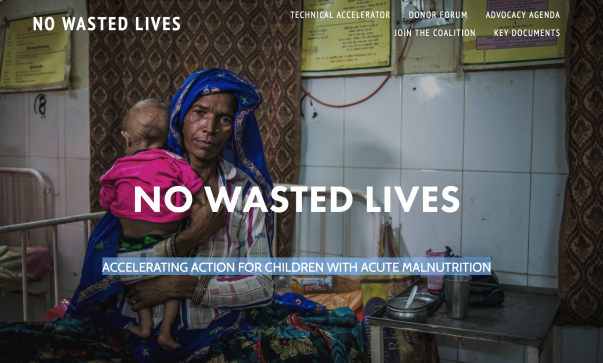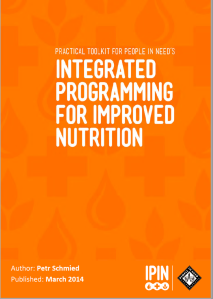from the webpage of No Wasted Lives
The No Wasted Lives Coalition is investing in cutting edge ideas to drive forward global learning and action on acute malnutrition. As part of this effort, in 2018, No Wasted Lives and the Council of Research & Technical Advice (CORTASAM) launched the global Research Agenda for Acute Malnutrition and a call for Expressions of Interest from organisations working in research and programming for acute malnutrition and who want to support this effort. Our aim is to support coordination and concrete action across the sector, filling critical gaps and scaling-up evidence-based prevention and treatment of acute malnutrition.
Prioritising Research for Impact
The Council for Research and Technical Advice on Acute Malnutrition (CORTASAM) was assembled under No Wasted Lives with the goal to drive the use of evidence for action, in order to ultimately reach more children with effective treatment and prevention programmes.
Over the course of 2017, CORTASAM and No Wasted Lives launched a research prioritisation exercise, with the involvement and contribution of over 300 individuals from national governments, NGOs, academia, UN agencies and technical experts from around the world. In line with the priority research areas identified and a review of the existing evidence, CORTASAM has identified the following research areas with high potential impact on the effective management of acute malnutrition at scale but where further research and evidence generation is critically needed in order to achieve this:
- Effective approaches to detect, diagnose, and treat acute malnutrition in the community: taking community detection using mid-upper arm circumference (MUAC) to scale while building the evidence on diagnosis and treatment of acute malnutrition in the community across contexts and health platforms.
- Appropriate entry and discharge criteria for treatment of acute malnutrition to ensure optimum outcomes: building the evidence base on expanded MUAC thresholds for treatment to improve treatment outcomes for all children with acute malnutrition. Also needed is research to explore different options to identify high-risk children not selected by MUAC<115mm and analysis on the impact on burden estimates and operational feasibility, including supply and supply chain.
- Optimum dosage of ready-to-use food (RUF) for treatment of acute malnutrition: investigating the safety, effectiveness, and cost-effectiveness of reduced dosage of RUF for treatment of acute malnutrition.
- Effective treatment of diarrhoea in children with severe acute malnutrition (SAM): using evidence to streamline guidance and generating implementation research to understand how the operational application of guidelines can inform improved practice and better treatment outcomes.
- Rates and causal factors of post-treatment relapse across contexts: understanding the burden of relapse post-treatment and, if found to be high, effective solutions to reduce relapse across contexts.
- Identification and management of at-risk mothers and of infants <6 months of age: generating the evidence required to influence country-level policies and implementation at scale.
- Alternative formulations for ready-to-use foods for acute malnutrition: continuation of the large amount of ongoing research to investigate the effectiveness, and cost-effectiveness, of formulas using alternative and local ingredient.
More details about the evidence gaps and CORTASAM’s call for more research can be found in the Research Agenda. Download it below.
In January 2018 we ran a call for Expressions of Interest in response to the Research Agenda. The call closed in February 2018 and applications are now being considered for possible donor funding. Download an overview of the submissions received here.


 SBCC toolkit
SBCC toolkit



